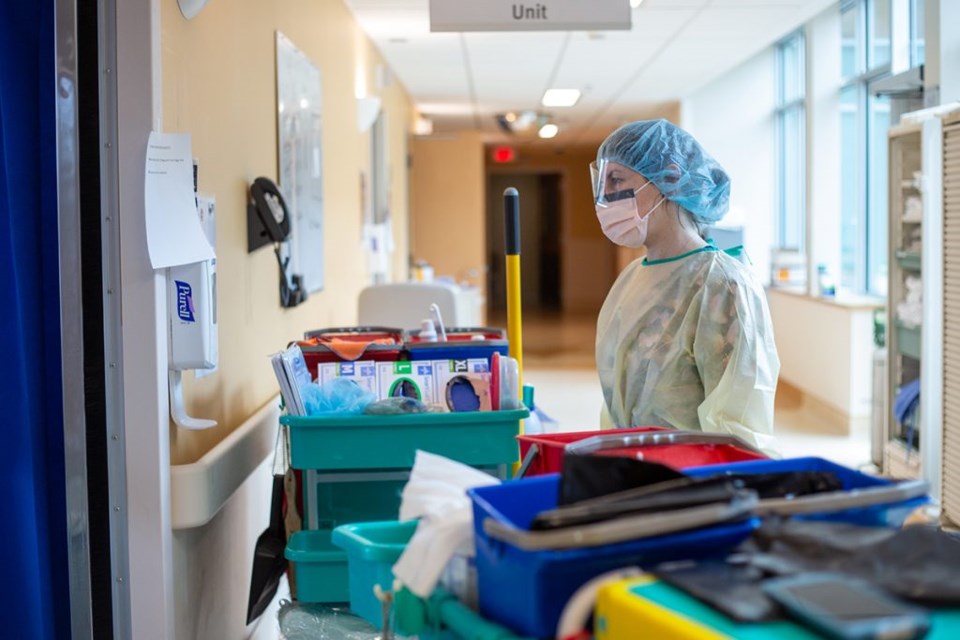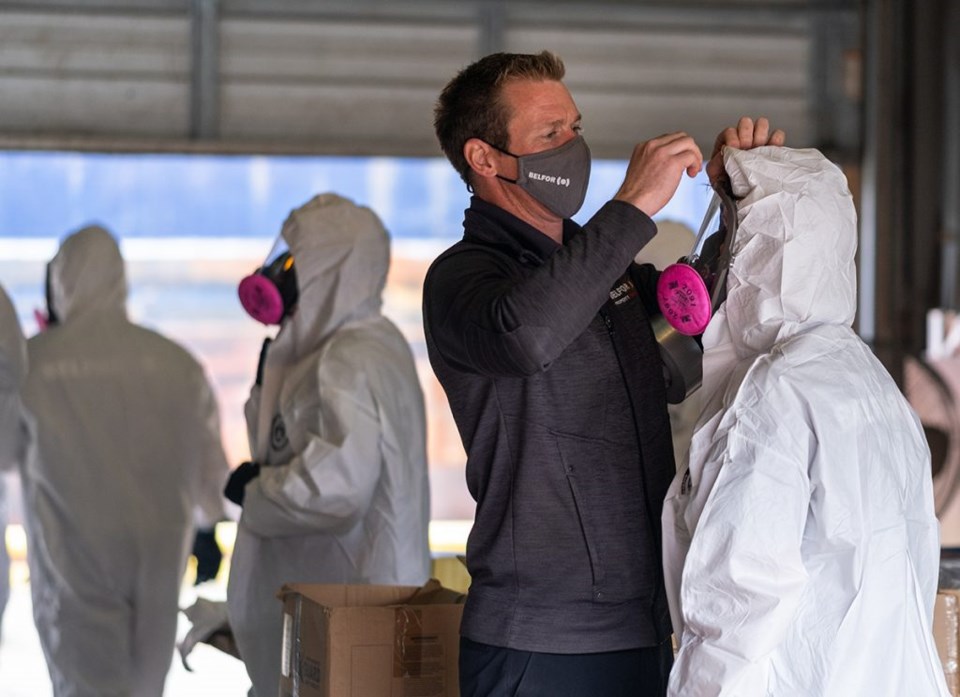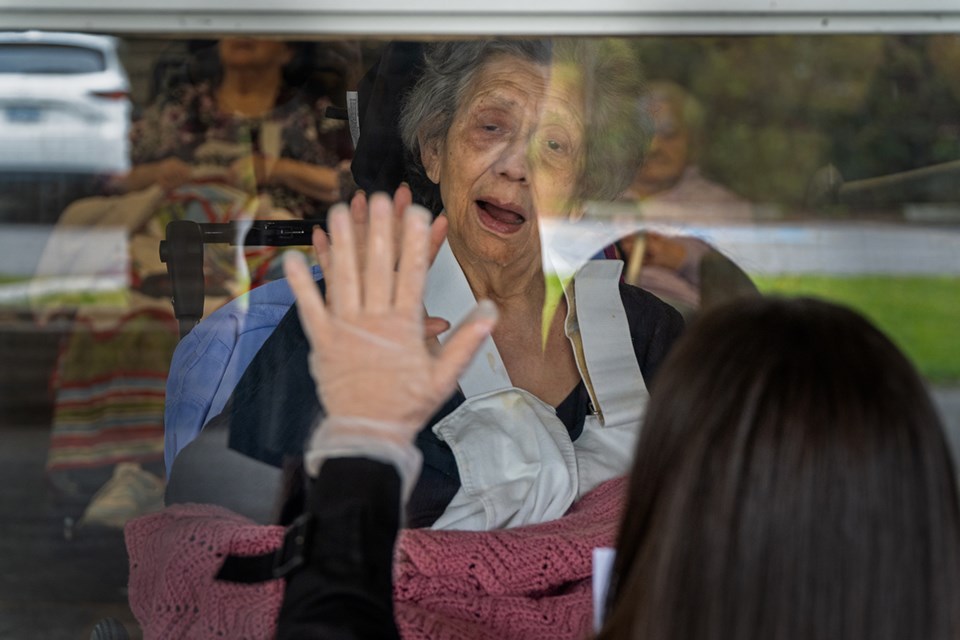Troy Shantz
Bluewater Health played a leading role this year in testing out innovative treatments for COVID-19 patients.
The delayed use of breathing tubes, novel patient positioning, safe tracheotomies, and even the Donald Trump-touted drug hydroxychloroquine were all deployed when the pandemic struck this spring.
Hospital staff pored over data from China, South Korea, Taiwan and Italy in the early days to see what hard-hit regions were doing for patients, said Dr. Michel Haddad.
“There were a lot of innovations,” the hospital’s Chief of Staff told The Journal. “We wanted to try anything based on experiences elsewhere. We were very open minded to see what’s going on and we had to go beyond our borders.
“Reflecting back on those times, March, April, May, our focus basically was on survival. At the same time, we had people dying of other diseases and we couldn’t forget about them.”
Some hospital staff already had experience with outbreaks of swine flu in 2009 and SARS in 2002, and the previous pandemic plans were dusted off.
Ontario ordered the lockdown on March 17 and Sarnia-Lambton had its first five novel coronavirus cases a week later. By April 6, the hospital had 32 people in its care infected with the virus.

The province was advising against early intubation, in which a tube is inserted down the throat to get air into the lungs.
Haddad and his staff found early intubation was causing damage to patient lungs, potentially intensifying the impact of the virus.
“It is a life-saving intervention but the timing of it is very important,” he said. Staff instead used high-concentration oxygen wherever possible, and with much better results.
Bluewater Health also safely performed tracheotomies, a surgical procedure in which an airway is opened through an incision in the neck.
Many hospitals were instructing staff not to do them because of the elevated risk of virus spreading through droplets.
But outfitted in PPE from head to toe, Haddad and his team showed that with the right precautions the procedure is safe.

“Other hospitals were shocked we were doing it. And then one or two months into it some of them were calling us to see how we did it,” Haddad said.
“We did it successfully in April, among the first in the province.”
They also followed the lead of Italian doctors, who had found placing patients on their stomach helped opened the lungs and allow better oxygen distribution.
Haddad said the hospital was also quick to adopt the use of hydroxychloroquine, an anti-malaria drug that was actively promoted by U.S. president Donald Trump.
The hospital pharmacy was asked to stockpile it after reports suggested it might be a useful treatment. But it was stopped promptly once it became clear the drug did little to alleviate symptoms.
Haddad said the local COVID-19 infection rate stayed manageable after that first wave because of the messaging by Lambton Public Health and the willingness of residents to follow it.
“The majority of the public has said, ‘We will do what we have to do to stop this.’”
Today, the hospital is fully operational and the backlog of postponed procedures and surgeries should return to pre-pandemic levels by March.
Haddad said unlike the abrupt cancellation of all but emergency surgeries in the first wave, any second wave of rising admissions would result in a more gradual cancellation of surgeries and procedures.
